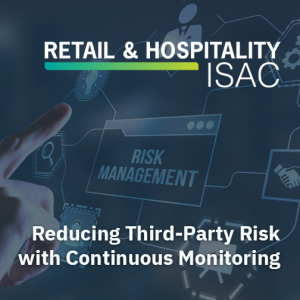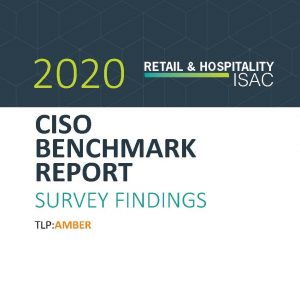Bridging the Digital Privacy Gap
The term “cybersecurity” can oftentimes be ambiguous and difficult to define, no different than that of a single or multi-family office. But much like an Investment Policy Statement, identifying and defining risk down to the individual level is paramount in achieving both near-term and strategic objectives. In this blog post, we seek to shed light…
Read More



